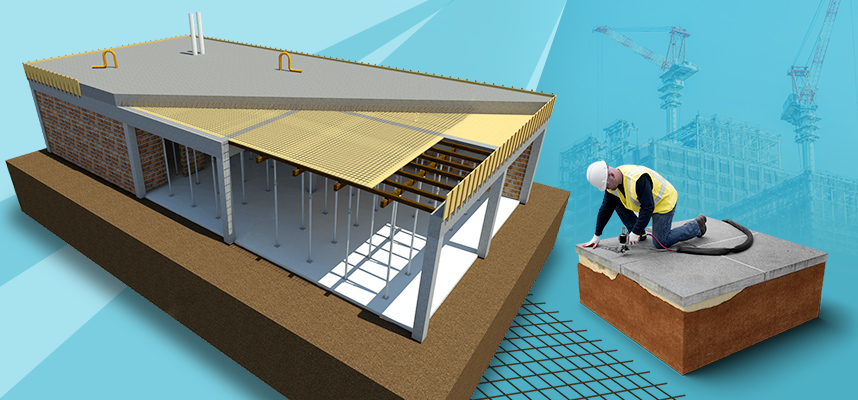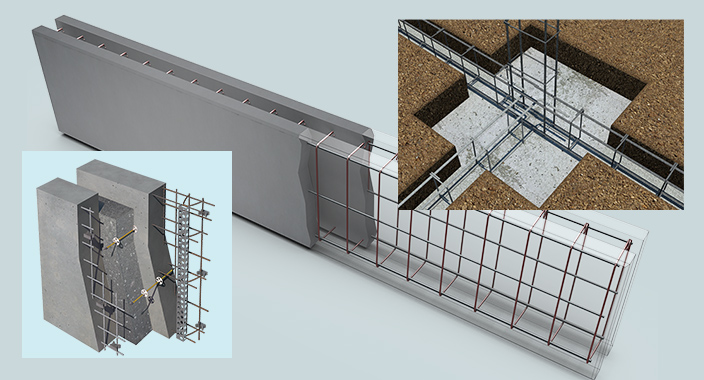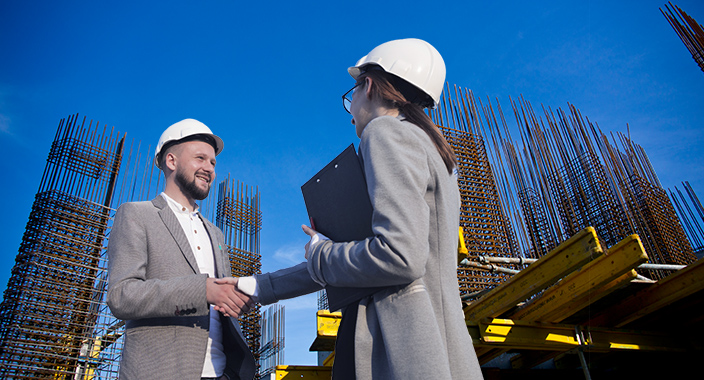Welcome to Skytree!

6 Key Checks to Ensure Structural Stability by Reinforced Design
The structural stability of a building defines its power and ability to resist any sudden change or force and maintain equilibrium under any circumstances. Structural members, such as beams, columns, footings, etc., are the primary load bearers. And the design phase of the building should consider such factors to ensure its stability.The structure having insufficient stability can get reinforced, considering earthquake-resistant elements and calculations. The reinforced design also helps to ensure structural stability during any alteration, expansion, or dismantling of portions.
Checklist for Structural Stability During Reinforced Design
 The list of six pointers that we need to consider in reinforced design for structural stability is as follows:
The list of six pointers that we need to consider in reinforced design for structural stability is as follows:
1. Structural Survey and Design Element Control
A thorough structural survey needs to be performed before altering or dismantling any building structure. The survey should consider structure age, previous usage, construction type, and surrounding building structure. Assessing these elements supports taking appropriate measures to intact the structural strength of the building. The structural survey and analysis should be based on the following observations:- Seismic level and the defense against lightning
- Structure’s foundation bearing capacity and treatment, design grade
- Snow load and wind load
- Type of groundwater and its elevation
- Type of foundation soil and its test
- Waterproof foundation design and anti-leakage design
2. Design Frame Shear Structure
In shear frames, beams and columns are rigidly connected to provide moment resistance at joints and are placed in an orthogonal direction to resist wind forces in each direction. The factors we should consider while designing a shear frame structure are:- Analyse and review of the beam-column and rigid or hinged bearing system based on the design load.
- Cast-in-place beams, columns, and floor structures with higher seismic capacity-structure can increase overall building performance.
- Strengthen the quality and connection performance of the prefabricated component assembly nodes by comparing seismic and waterproof requirements for prefabricated design.
3. Optimize Frame Structure
The frame structure combines beams, columns, and slabs to resist gravity and other lateral loads. They are rigid, stable, and can resist tremendous vertical loads, lateral loads, and earthquakes; without substantial deformation or deflection. We can optimize frame structures by:- Classify and arrange the minimum stirrup diameter and maximum stirrup spacing of the stirrup densification zone of frame beams and columns according to seismic grades of beams and columns.
- Review structural foundation design, material characteristics, masonry structure quality control, and compatibility of structural design with the foundation soil.
4. Ensure Steel Structure Stability
Steel structure gets affected due to physical and geometrical uncertainties such as material, member size, sectional area, etc. Statistical and model uncertainties also impact the structure’s stability. Therefore, to control steel structure stability, we need to do the following:- Design the steel members according to the ratio of member thickness to its length to reach stability and strength standards.
- Avoid excessive deviation of the ‘center of gravity’ by arranging a symmetrical building design.
- Increase the overall bearing capacity of steel components through buckling strength of steel components. It supports when components buckle before the overall structure fails.
5. Structural Reinforcement
The traditional method of structural reinforcement is increasing resistant sections of beams, pillars, slabs, bridge trays, and wall beams. It increases the load capacity of the structure. Few other ways to enhance structural stability while using different structural reinforcement methods are:- Ensure the concrete strength level is not lesser than C10 while using enlarged section reinforcement or restraint enforcement.
- In the case of steel reinforcement or fiber reinforcement, do not lower the concrete strength grade below C15.
- Maintain minimum concrete strength grade of C30 in prestressed reinforcement method.
- In cantilever structure reinforcement, the concrete strength level of implanted components should be less than C25.
- Maintain the mortar strength level of minimum M5 when adding concrete structural columns, ring beams, and other measures.
6. Seismic Analysis of Structure
We need to perform the following actions for structural seismic checks:- Check the building’s stability against earthquakes based on seismic action, gravity representative value, seismic influence coefficient, etc., and review according to the fortification intensity.
- Consider the seismic adjustment coefficient of bearing capacity 0.85 times the code value for buildings whose design service life is not more than 25 years after reinforcement.
- If structural stiffness and gravity representative values after reinforcement are less than 10% and 5%, respectively, do not include any change in seismic action.
Build a Stable and Robust Structure with Sytree Consulting

Skytree Consulting offers civil and structural engineering services for various industrial, commercial, and residential projects across the globe. With a team of architects, structural engineers, and designers skilled in reinforced design and detailing ensure structures’ stability towards various environmental and natural conditions. They check on seismic level, snow load, wind load, foundation bearing capacity, and much more to suggest designs that withstand the anticipated harsh environmental conditions.

Get in Touch
You will find yourself working in a true partnership that results in an incredible experience and an end product that is the best.
Call us on
+91 80 4145 4670
Email us
info@skytreeconsulting.com

